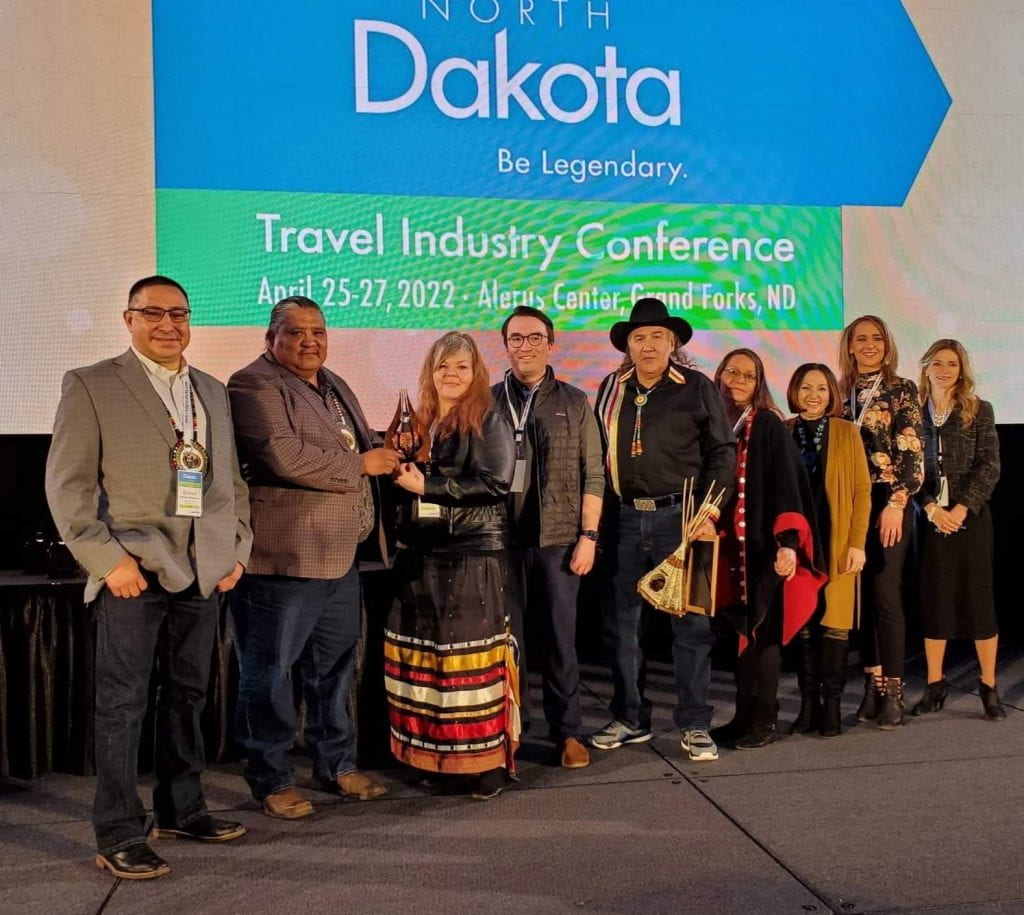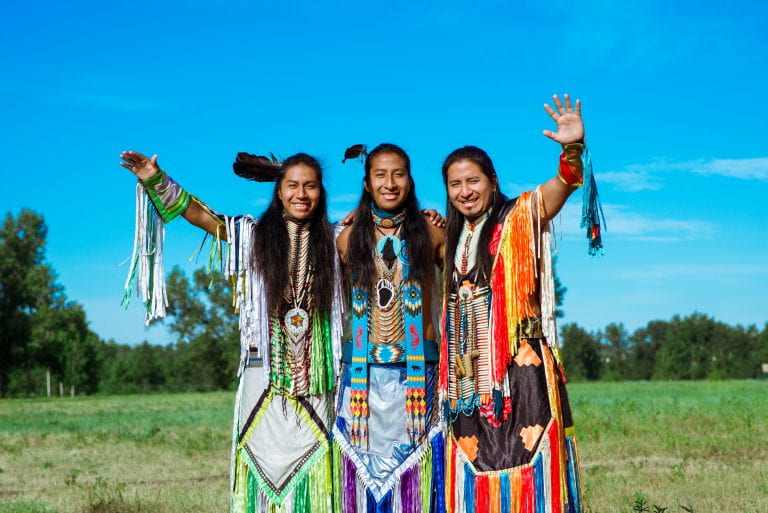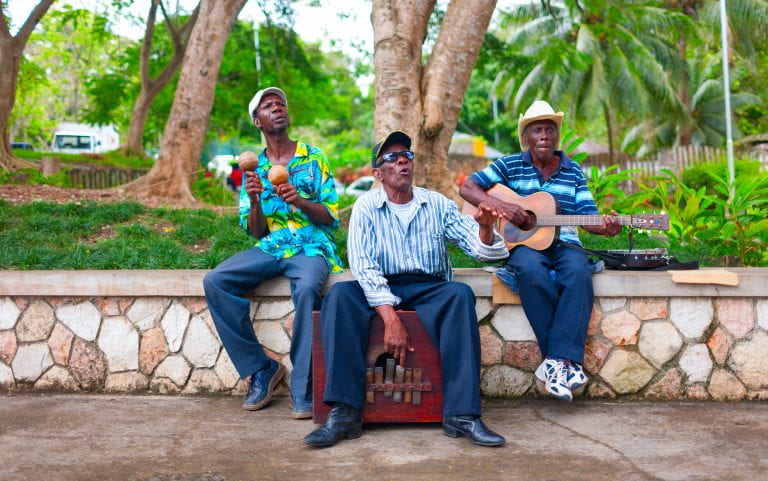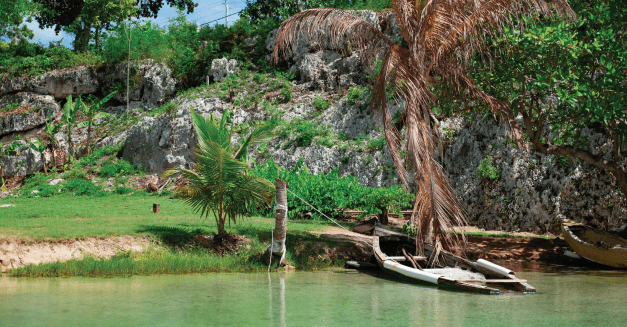GW International Institute of Tourism Studies Celebrates Indigenous Breakthroughs in Travel and Tourism
During this year’s National Travel and Tourism Week, themed “The Future of Travel”, the George Washington University International Institute of Tourism Studies (GW IITS) celebrated four ground-breaking awards achieved by its Indigenous tourism projects, project members and project managers:
CONGRATULATIONS SOUTH DAKOTA
Dew Bad Warrior—project manager of the South Dakota Native Tourism Alliance (SDNTA) from the Cheyenne River Sioux Tribe—received the Visit Rapid City Extra Mile Award this spring for her above-and-beyond support of Native tourism development.
For her leadership and contributions to Native tourism, Sarah Kills-in-Water—a South Dakota Native Tourism Alliance member from the Rosebud Sioux Tribe—was recently honored at the 2022 South Dakota Governor’s Conference on Tourism with the coveted Rising Star Award, which celebrates a tourism professional who has been in the industry for 2-4 years and is expected to make a strong impact on the tourism industry over their career.
In collaboration with GW IITS, the state of South Dakota–home to nine Native tribes–has actively embraced a destination identity that includes the state’s tribes, their cultures, land and people. GW IITS, along with tribal leaders and the Department of Tourism, have worked together to create the South Dakota Native Tourism Alliance and a five-year Native American Tourism Development and Management Plan (NATDMP) to inject indigenous culture into the state’s tourism program.
Calvin Bloemendaal, who has represented the South Dakota Department of Tourism in the Alliance from its inception, commented. “South Dakota is proud to lead in the ground-braking movement of collaboration with tribes and industry state-wide to bring Native tourism into the mainstream and support their achievements every step of the way.”
Sarah has been a source of inspiration and knowledge in the South Dakota Native Tourism Alliance from its inception to the recent roll-out of the Alliance’s strategic plan. She has endorsed and promotes the Native American Tourism Development and Management Plan, South Dakota 2020–2025 because it “represents a true collaboration between tribes, the state and the tourism industry and will demonstrate that there can be enormous benefits for everyone when Native voices are welcomed and Native communities creating visitor experiences are supported by their state.”
Tamara St. John, tribal historian and South Dakota state legislator, praised the plan as “one of the most pro-sovereignty things that a tribe can do, to take control of their cultural history and tell their stories, define their own narrative, and tell what they’d like to share with the world.”
But it’s not just South Dakota that’s breaching a historically wide gulf in Native equity and inclusion that began in the 1800s with forcing tribes off their land, or taking away their land ownership and claiming the natural resources for the U.S. North Dakota is also bridging the gap.
CELEBRATING IN NORTH DAKOTA
Vision, initiative and hard work abound in Native efforts across the Dakotas and in April, the efforts of the North Dakota Native Tourism Alliance (NDNTA) to create authentic cultural experiences for tour operators landed them the 2022 North Dakota Governor’s Trailblazer Award.

Native tourism was on the rise prior to the Covid-19 pandemic, with 1.9 million overseas visitors reporting visiting Native America in 2019, and popular tour companies are recognizing the demand for authentic experiences. Destination America, a sister company to Trafalgar, is offering 40-50 Native community experiences in North America this year. Intrepid Travel has also been expanding its tourism offerings in Native America.
Taking advantage of this opportunity is the North Dakota Tribal Tourism Alliance, another success story that began as a GW IITS project to bring the North Dakota tribes together to create tours and build tourism capacity.
With an increase in demand for Native tourism destinations across the country, Native community engagement is needed now more than ever to help prepare tribal communities for tourism.
CELEBRATING IN THE AMERICAS
For its “outstanding commitment to diversity and inclusion in the last year through a campaign, content, partnership or other initiative,” Wanderful awarded its 2022 Bessie Award for Inclusion to the Indigenous Tourism Collaborative of the Americas.
Also breaking new ground in sustainable tourism is the Indigenous Tourism Collaborative of the Americas (ITCA), which has Native leadership, tourism industry support, GW IITS project management and a steering collaborative that includes the Organization of American States and the U.S. Department of the Interior Office of Indian Economics Development. ITCA is thriving and building an Indigenous tourism resources portal, tackling their priorities of COVID recovery, building sustainable tourism capacity and securing inclusion in industry and government decision-making.
“We are honored to receive an award named for Bessie Coleman,” steering committee member Katherine D. Edwards said, “who was the first licensed Native American and African American female pilot. Achieving new heights in sustainable economic opportunity through inclusion in tourism is what our collaboration is about.”
Begun as a forum put on by GW IITS in 2020 and endorsed by the U.S. State Department, ITCA is tackling some of the most important issues in sustainable tourism throughout indigenous communities in North and South America with the help and support of some of the most significant forces in travel and tourism including Planeterra, Intrepid Travel, Travel Foundation, Destinations International, Tourism Cares G Adventures, Adventures Travel Trade Association and the Center for Responsible Travel (CREST).
ONTO MAINE
As the success of the Dakota Native alliances have come to the attention of other states, Maine has emerged as the next state desiring GW IITS assistance to facilitate more inclusive Indigenous tourism planning on the East Coast. GW IITS is delighted to begin work in collaboration with Four Directions Development Corporation and the Maine Office of Tourism on a Native American tourism development and management plan to support stronger, more sustainable Native tourism opportunities.





